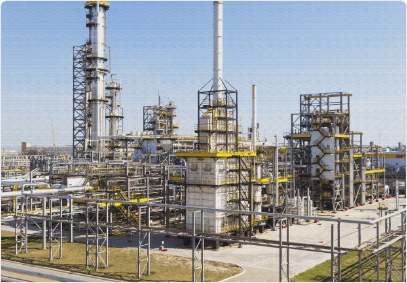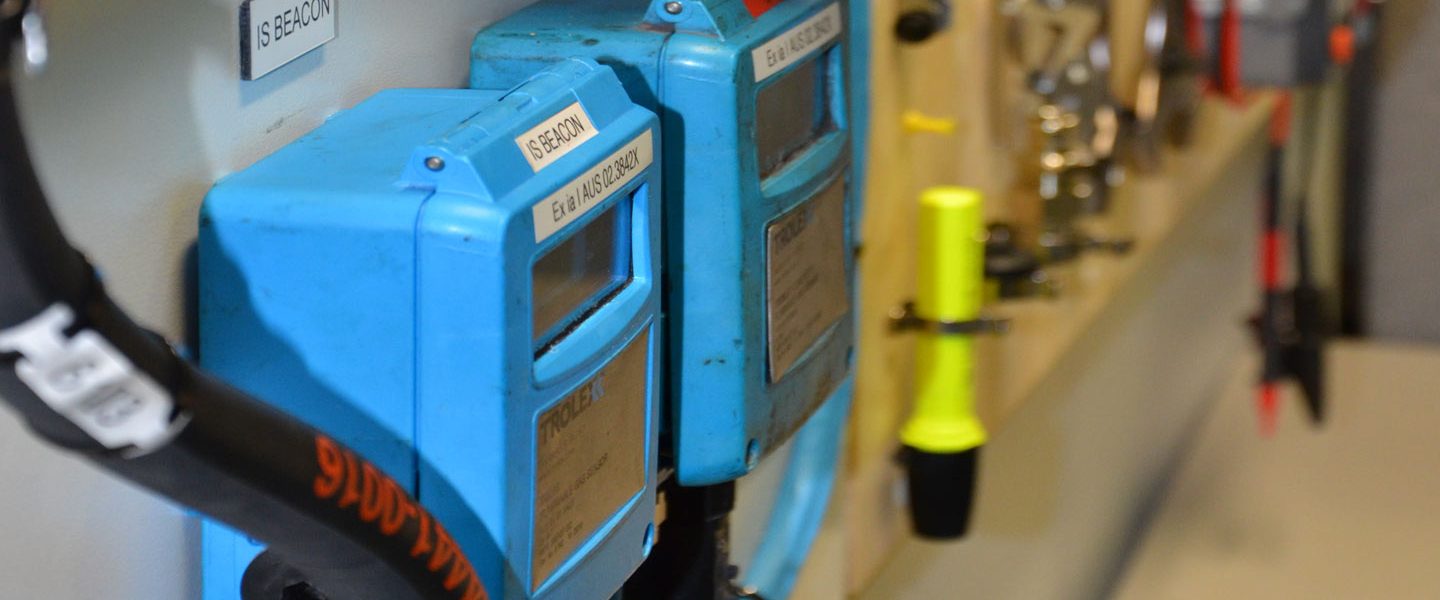The Roar Solutions Ideas
The Roar Solutions Ideas
Blog Article
Not known Details About Roar Solutions
Table of Contents5 Easy Facts About Roar Solutions ExplainedIndicators on Roar Solutions You Need To KnowThe Basic Principles Of Roar Solutions
In order to safeguard installments from a prospective explosion an approach of evaluating and classifying a possibly dangerous location is needed. The purpose of this is to guarantee the proper choice and installation of devices to ultimately avoid a surge and to ensure safety and security of life.
(https://www.brownbook.net/business/53579326/roar-solutions/)
No tools ought to be mounted where the surface area temperature level of the tools is higher than the ignition temperature of the offered hazard. Below are some typical dirt unsafe and their minimum ignition temperature. Coal Dirt 380C 225C Polythene 420C (thaws) Methyl Cellulose 420C 320C Starch 460C 435C Flour 490C 340C Sugar 490C 460C Grain Dust 510C 300C Phenolic Resin 530C > 450C Aluminium 590C > 450C PVC 700C > 450C Residue 810C 570C The likelihood of the hazard being existing in a concentration high adequate to trigger an ignition will differ from area to place.
In order to categorize this risk an installation is separated into locations of risk depending upon the amount of time the hazardous exists. These areas are referred to as Zones. For gases and vapours and dirts and fibers there are 3 areas. Zone 0 Area 20 A harmful ambience is extremely likely to be present and might exist for lengthy periods of time (> 1000 hours annually) or also continuously Area 1 Zone 21 A dangerous environment is possible however not likely to be existing for long durations of time (> 10 450 C [842 F] A classification of T6 means the minimal ignition temperature is > 85 C [185 F] Harmful area electrical equipment possibly created for usage in higher ambient temperature levels. This would showed on the score plate e.g. EExe II C T3 Ta + 60C( This means at 60C ambient T3 will not be exceeded) T1 T1, T2, T3, T4, T5, T6 T2 T2, T3, T4, T5, T6 T3 T3, T4, T5, T6 T4 T4, T5, T6 T5 T5, T6 T6 T6 A T Course score of T1 implies the optimum surface area temperature level created by the instrument at 40 C is 450 C. Assuming the connected T Class and Temperature level score for the devices are appropriate for the location, you can constantly use an instrument with an extra stringent Department ranking than needed for the area. There isn't a clear solution to this concern sadly. It truly does depend upon the sort of devices and what repairs require to be accomplished. Equipment with specific examination procedures that can't be performed in the field in order to achieve/maintain 3rd party score. Must return to the manufacturing facility if it is prior to the equipment's solution. Area Repair Work By Authorised Employee: Complex screening may not be called for nevertheless specific treatments might need to be complied with in order for the devices to preserve its 3rd party ranking. Authorised workers have to be utilized to perform the work appropriately Repair work have to be a like for like replacement. New component have to be thought about as a straight substitute calling for no special screening of the tools after the repair work is full. Each item of tools with a dangerous ranking ought to be examined separately. These are laid out at a high level listed below, but also for even more comprehensive info, please refer directly to the guidelines.
Roar Solutions Fundamentals Explained
The equipment register is a comprehensive data source of tools records that consists of a minimum set of fields to identify each thing's location, technical parameters, Ex classification, age, and environmental information. This information is essential for monitoring and handling the devices efficiently within unsafe locations. In contrast, for regular or RBI sampling evaluations, the quality will be a mix of Thorough and Close evaluations. The ratio of Comprehensive to Close assessments will be identified by the Devices Threat, which is examined based on ignition threat (the chance of a source of ignition versus the chance of a flammable ambience )and the hazardous area category
( Area 0, 1, or 2). This variation will also influence the resourcing requirements for work prep work. Once Lots are defined, you can create tasting strategies based on the sample size of each Whole lot, which refers to the number of arbitrary tools items to be evaluated. To figure out the called for example size, two aspects require to be evaluated: the dimension of the Lot and the category of evaluation, which indicates the level of initiative that should be used( reduced, regular, or enhanced )to the evaluation of the Great deal. By integrating the category of evaluation with the Whole lot size, you can after that develop the suitable denial criteria for a sample, implying the permitted variety of damaged things found within that example. For more details on this procedure, please refer to the Energy Institute Guidelines. The IEC 60079 basic advises that the optimum interval in between inspections should not exceed 3 years. EEHA assessments will certainly additionally be performed outside of RBI projects as part of scheduled upkeep and equipment overhauls or repair services. These examinations can be credited toward the RBI sample dimensions within the impacted Great deals. EEHA this website assessments are carried out to identify mistakes in electrical tools. A weighted scoring system is crucial, as a solitary item of devices may have multiple faults, each with differing levels of ignition threat. If the combined rating of both examinations is less than two times the fault score, the Great deal is regarded appropriate. If the Great deal is still taken into consideration undesirable, it has to undergo a full inspection or reason, which might trigger more stringent assessment methods. Accepted Great deal: The sources of any faults are determined. If an usual failing setting is found, extra equipment may require assessment and repair work. Mistakes are categorized by extent( Safety, Stability, Home cleaning ), ensuring that urgent issues are evaluated and resolved immediately to reduce any type of effect on safety or procedures. The EEHA data source should track and tape-record the lifecycle of mistakes in addition to the corrective actions taken. Carrying out a durable Risk-Based Inspection( RBI )technique is crucial for making sure compliance and security in handling Electric Equipment in Hazardous Areas( EEHA) (Roar Training Solutions). Automated Fault Scoring and Lifecycle Management: Effortlessly manage faults and track their lifecycle to enhance evaluation accuracy. The introduction of this support for risk-based assessment further enhances Inspectivity's placement as a best-in-class remedy for governing compliance, as well as for any type of asset-centric evaluation usage situation. If you want discovering more, we invite you to ask for a demonstration and uncover just how our option can transform your EEHA management processes.
Get This Report about Roar Solutions

In regards to eruptive danger, a dangerous area is a setting in which an eruptive atmosphere exists (or might be expected to be existing) in quantities that call for special precautions for the building and construction, installment and use of tools. eeha training. In this short article we discover the difficulties faced in the workplace, the risk control measures, and the called for expertises to work securely
It issues of modern life that we manufacture, store or manage a series of gases or liquids that are regarded flammable, and a variety of dirts that are deemed flammable. These materials can, in specific problems, create explosive ambiences and these can have major and terrible repercussions. The majority of us are familiar with the fire triangular remove any kind of one of the 3 elements and the fire can not occur, yet what does this mean in the context of harmful areas? When damaging this down into its easiest terms it is basically: a combination of a certain amount of launch or leakage of a certain substance or material, combining with ambient oxygen, and the visibility of a source of ignition.
In most instances, we can do little about the levels of oxygen in the air, but we can have significant influence on sources of ignition, for example electrical devices. Harmful locations are documented on the dangerous location category illustration and are recognized on-site by the triangular "EX" indication. Below, amongst various other key information, areas are split into 3 types depending upon the danger, the likelihood and period that an eruptive ambience will exist; Zone 0 or 20 is deemed the most hazardous and Area 2 or 22 is regarded the least.
Report this page